Automated Cars Are Not Able to Use the Automated Car Wash

We’ve been cautiously optimistic about the progress of autonomous driving. The miraculous technology is there, but implementing it effectively is an arduous task of the highest order. A prime example of this is how easy it is to “blind” a self-driving vehicle’s sensors.
TTAC’s staff has had its share of minor misadventures with semi-autonomous driving aids, be it during encounters with thick fog or heavy snow, but truly self-driving cars have even more sensitive equipment on board — and all of it needs to function properly.
That makes even the simple task of washing a self-driving car far more complicated than one might expect, as anything other than meticulous hand washing a big no-no. Automated car washes could potentially dislodge expensive sensors, scratch them up, or leave behind soap residue or water spots that would affect a camera’s ability to see.
According to CNN, automakers and tech firms have come up with a myriad of solutions to this problem — though a man with a rag and some water appears to be the most popular. Toyota, Aptiv, Drive.AI, May Mobility, and Uber have all said they use rubbing alcohol, water, or glass cleaner to manually wash the sensors, before carefully finishing the job with a microfiber cloth.
Avis, which has been tasked to tidy up Waymo’s autonomous fleet, elaborated on the process further. “There are special processes that definitely require a lot more care and focus, and you have to clean [the vans] quite often,” Avis chief innovation officer Arthur Orduña told CNN in an interview. “We give them the premium level of service that I don’t think any vehicle globally is getting.”
While it’s more than just a little ironic that these automated vehicles require gobs of attention and pampering from human hands just to function correctly, some companies are working on a way around it. General Motors’ Cruise has said it will design and implement sensor-cleaning equipment in production vehicles.
SEEVA Technologies, a small startup that seems to have a better handle on this issue than some established manufacturers, is also developing equipment to help alleviate the problem. It currently has a unit that heats washer fluid for windshields, but hopes to adapt it for sensor cleaning. Still, Seeva CEO Diane Lansinger believes something entirely new is needed to treat the multitude of sensors required for autonomous driving.
“For self-driving technology to scale, we can’t have engineers paid $150,000 a year, running around the vehicles and wiping them down,” she said. “It’s going to be quite awhile before we get away from the manual care.”
That’s a pretty solid assessment. Considering the majority of drivers have to cope with seasonal conditions that leave snow and/or road salt caked onto their vehicles after a few minutes of driving, something will need to be designed to help clean up those trouble areas while on the move. Otherwise, automakers will have spent billions of dollars developing a technology that doesn’t work without obsessive levels of careful maintenance.

A staunch consumer advocate tracking industry trends and regulation. Before joining TTAC, Matt spent a decade working for marketing and research firms based in NYC. Clients included several of the world’s largest automakers, global tire brands, and aftermarket part suppliers. Dissatisfied with the corporate world and resentful of having to wear suits everyday, he pivoted to writing about cars. Since then, that man has become an ardent supporter of the right-to-repair movement, been interviewed on the auto industry by national radio broadcasts, driven more rental cars than anyone ever should, participated in amateur rallying events, and received the requisite minimum training as sanctioned by the SCCA. Handy with a wrench, Matt grew up surrounded by Detroit auto workers and managed to get a pizza delivery job before he was legally eligible. He later found himself driving box trucks through Manhattan, guaranteeing future sympathy for actual truckers. He continues to conduct research pertaining to the automotive sector as an independent contractor and has since moved back to his native Michigan, closer to where the cars are born. A contrarian, Matt claims to prefer understeer — stating that front and all-wheel drive vehicles cater best to his driving style.
More by Matt Posky
Latest Car Reviews
Read moreLatest Product Reviews
Read moreRecent Comments
- Offbeat Oddity I'd go with Mazda, especially now that there's no more cylinder deactivation on the 2024 NA motor. It's around $4-5k less than the Toyota with similar equipment, and I think reliability is probably very close between them.Regarding reliability, hasn't this generation of RAV4 taken a hit? I know it's not rated as highly in Consumer Reports, and there were teething issues during the first few years. I'm surprised it's not mentioned in more reviews- even Jack Baruth's. I'm sure the bugs have been worked out by now, though.
- Peter I want a self driving red ragtop 1958 Plymouth Fury. Just like the car in the movie Christine.
- Mgh57 Doesn't seem like this tech is ready for prime time.
- Nathan The Ram is the most boring looking of the full size trucks, kind of like a Tundra.If they cancel the Ram Classic, I hope a full resign makes the Ram at least look interesting.
- DJB1 I'll be all for it when it has a proven safety record. I have an awesome life and a lot to live for, so right now I'm not putting that in the hands of overconfident tech-bros.
















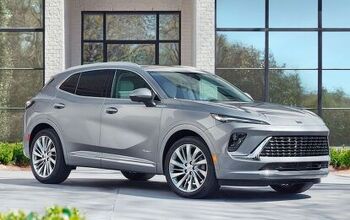

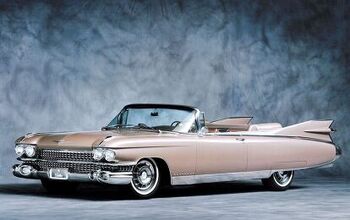
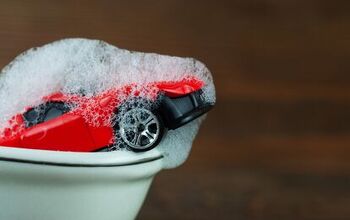
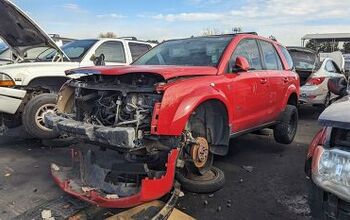
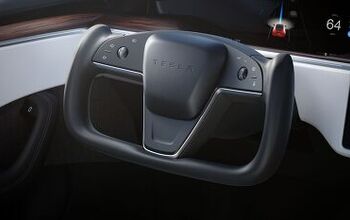
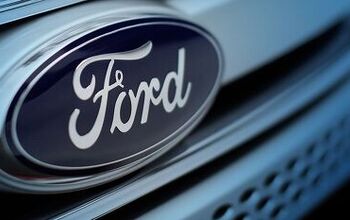
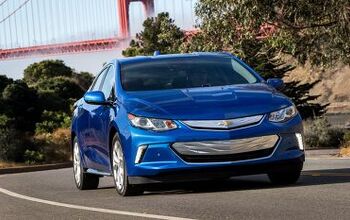
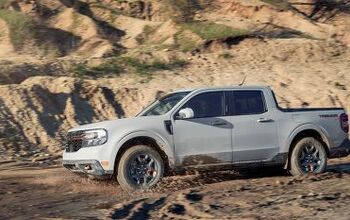

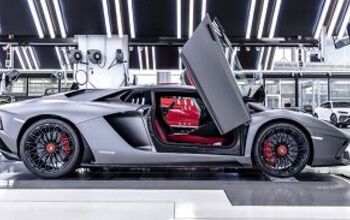
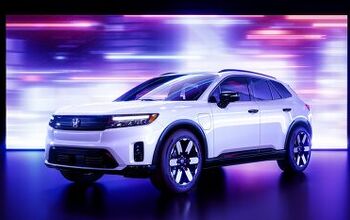

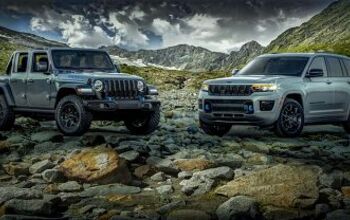
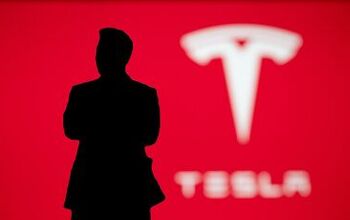

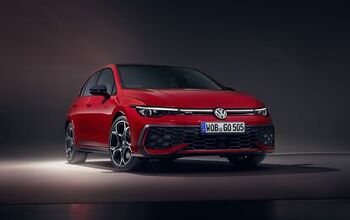
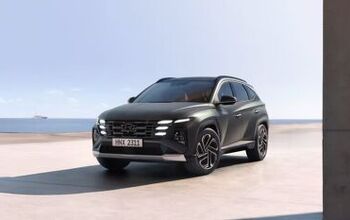
Comments
Join the conversation
Exactly my point! Autonomous cars are great at dealing with routine operations, but are just-this-side-of-useless for emergencies that require creative problem-solving. A vehicle that can't handle unforeseen scenarios might as well have a set of rails under it.
Auto-pods are just another example of liberal nanny state knee-jerk reactions. The nanny state seeks the lowest common denominator. People are cooking meth? Harass everyone who wants to buy Sudafed, A psychopath goes on a rampage? Take guns away from responsible citizens. People get hooked on prescription pain killers? Make it harder for people with chronic pain to get them. People (whom the state has already licensed) lack the requisite skill and common sense to operate a motor vehicle correctly? Build auto-pods so nobody can drive. Liberalism: Let’s find a cure. Btw, what do car manufacturers plan to do when the auto-pods arrive? A Mercedes E Class Pod will offer nothing that a Kia Rio Pod will as far as drivability is concerned. You are going to sit like a bump on a log in your pod.